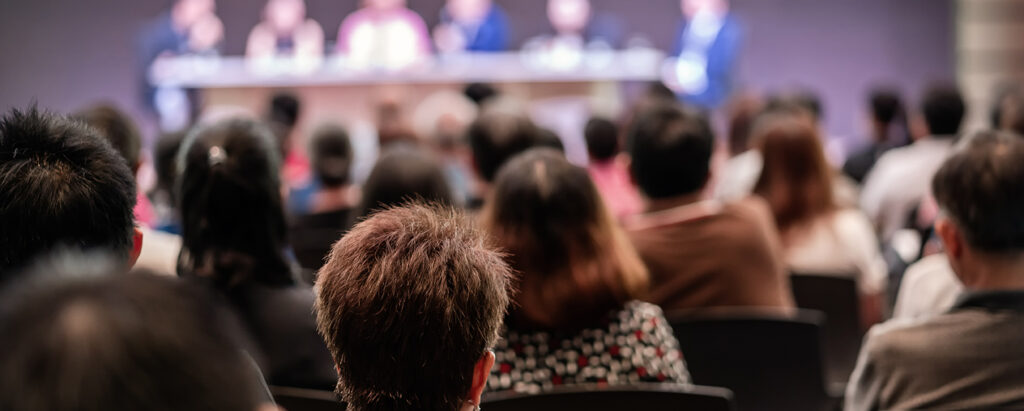
Every 90 seconds, someone in the UK is admitted to hospital with an Acquired Brain Injury.
With over one million people in the UK currently living with the effects of a brain injury the estimated bill to the UK is £15 billion. The devastating impact radiates across families causing distress, relationship strain, financial hardship and an uncertain future. The injury has a huge physical and psychological payload.
Neurologic Music Therapy (NMT) offers an effective rehabilitation treatment that is backed by a wealth of clinical evidence and has been shown to have a profound influence on the brain. However, raising awareness of the benefits of arts therapies, including NMT, can be extremely difficult.

Chroma’s recent ABI conference entitled ‘Arts Therapies and Brain Injury: Optimising Outcomes Across Assessment, Treatment and Care’ brought together some of the leading international authorities and influencers in the arts therapies field. They delivered the latest research and scientific evidence on how arts therapies are improving outcomes for patients recovering from acquired brain injuries.
Chris Bryant, MP, and chair of the All Party Parliamentary Group on Acquired Brain Injury opened the conference by highlighting the growing problem of brain injuries and the wider impact it has on society.
Caroline Klage, Head of the Child Brain Injury Team at leading niche London law firm, Bolt Burdon Kemp, who sponsored the conference, welcomed the delegates.
She said: “As a firm, Bolt Burdon Kemp is keen to support NMT and raise awareness of its benefits. We are driven by the desire to ensure our clients receive the best quality input at the earliest point possible, with a view of enabling them to flourish and thrive post brain injury. NMT definitely has a role to play in that.”
Dr Jeanette Tamplin, of the University of Melbourne, provided an introduction to the evolving field of the creative arts therapies, specifically Neurologic Music Therapy. Dr Tamplin is pioneering the use of Virtual Reality to improve the participation and engagement of rehab patients on music therapy protocols.
“Music can bypass damaged areas, providing a scaffold to do the part of the work the brain is not doing in coordinating movement. But there is also the basic ‘use it or lose it principle’. When you exercise something, it gets stronger and the more you exercise, the better it becomes.”
The inspiring responses seen in some cases still needs to be backed up by more clinical research and Dr Tamplin added: “I want people to understand that we are an evidence-based profession and there are functional outcomes from music therapy.
“There are amazing benefits for quality of life and participating in life as well as being able to walk a bit better. Music makes us feel better and we use it in ways to help us through life but I’d like people to understand the research and evidence behind what we are doing.”
Sarah Johnson, a Neurologic Music Therapist and NMT pioneer from Colorado State University, presented a session on demonstrating the efficacy of NMT. She outlined the ‘Transformational Design Model’ a system that uses a clinical reasoning process to link assessments, goals, and learning through music.
Using case studies, video examples and clinical data, Sarah O’Doherty and Rebecca O’Connor, from the National Rehabilitation Hospital in Ireland, illustrated an innovative approach to assessing and treating children with acquired brain injuries. The approach involves a systematic observation and recording of the development of the child by a neuropsychologist during a music therapy treatment.
Practical hands-on workshops on applications in neuro-rehabilitation and articulating art therapy allowed delegates to experience, engage with and understand an arts therapy process from a client’s/patient’s point of view.
Dr Wendy Magee, a professor in the Music Therapy Department, at Temple University, Philadelphia, US showcased the MATADOC assessment for patients with prolonged disorders of consciousness (PDOC) that she and her colleagues pioneered.
According to Dr Magee, music is the auxiliary engine that has the power to reboot the brain following a catastrophic head injury, tumour or stroke. Dr Magee said: “A human being is born with the capacity to express emotions such as distress, anger and pleasure through musical parameters such as volume, dynamic range, pitch and melodic contour. So, in working with people who have lost the ability to communicate we can see that music is an innate way to communicate feelings.
“There is strong neurological evidence that music activates many different areas across the brain. The motor system is very sensitive to picking up cues from the auditory system so when we hear music, particularly pulse or rhythm, it kicks straight into the motor system going around the brain.”
Summing up the conference, Daniel Thomas, managing director of Chroma, who organised the event, said: “As a neurologic music therapist and parent, I am deeply aware of the need for arts therapies to be provided in line with the rehabilitation code at the earliest possible point in someone’s recovery.
“As a profession, we regularly punch above our weight and this conference has demonstrated our ability to make a significant difference to the lives of people with brain injuries, their families and the professional teams around them.
“It has also given a glimpse into the future developments of arts therapies and shown how it can be an absolutely essential rehabilitation treatment in mainstream health services.”